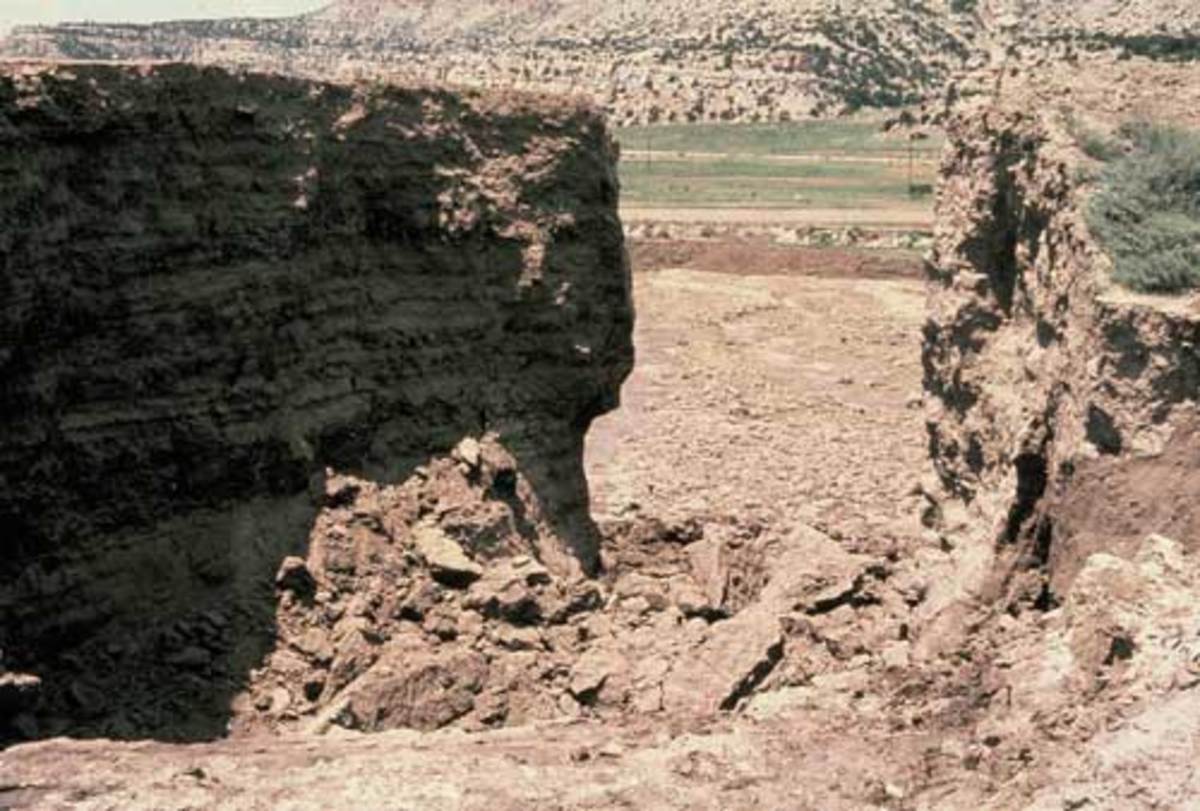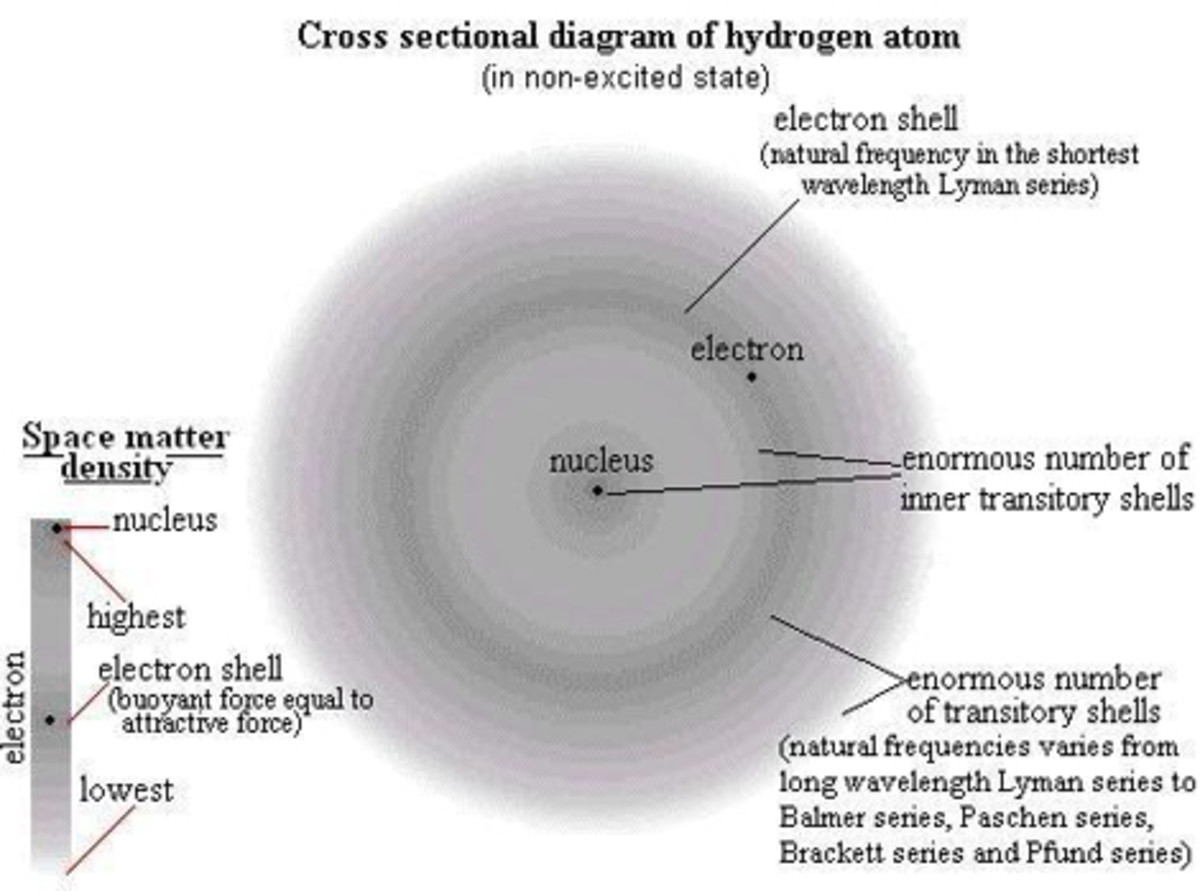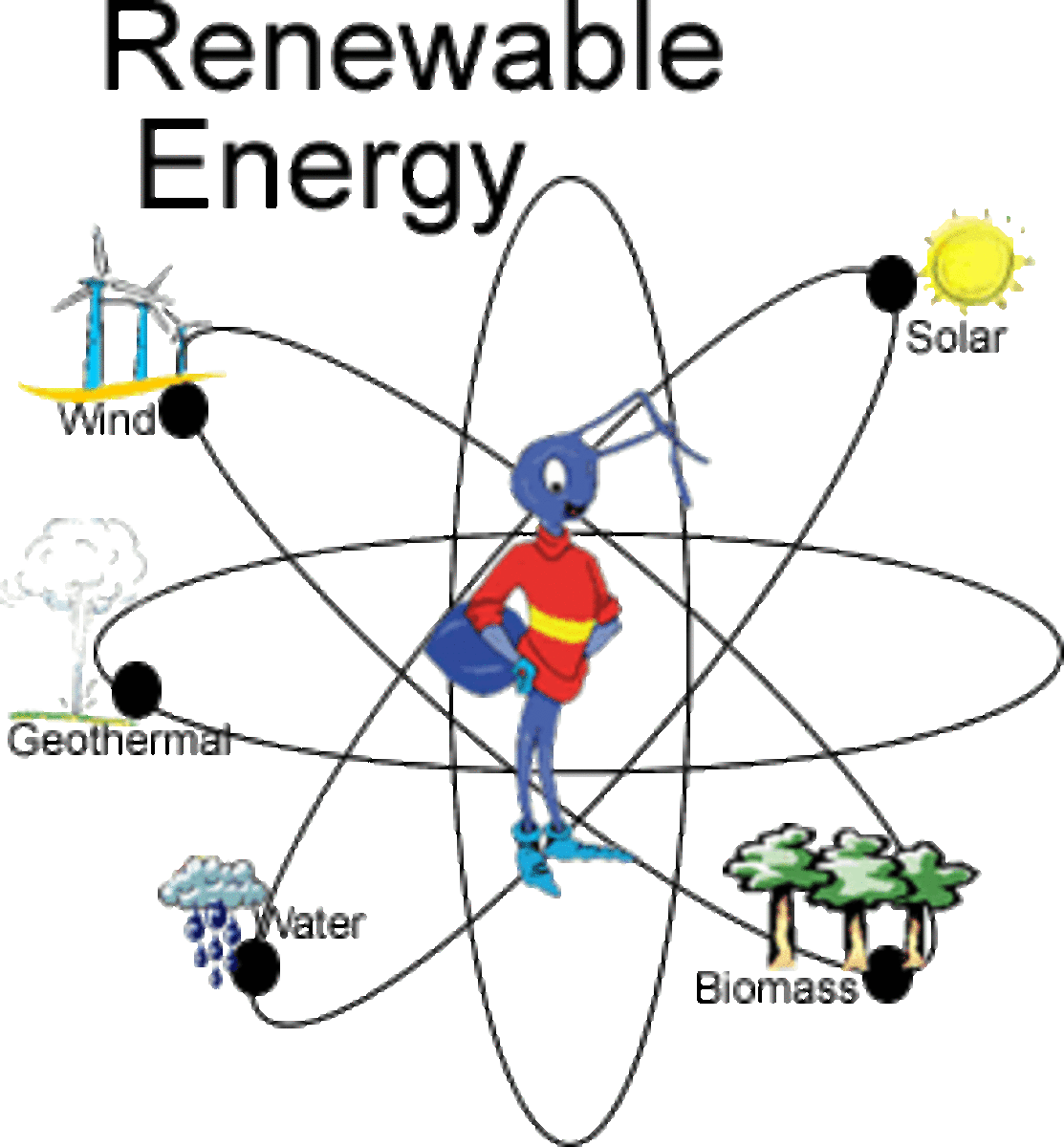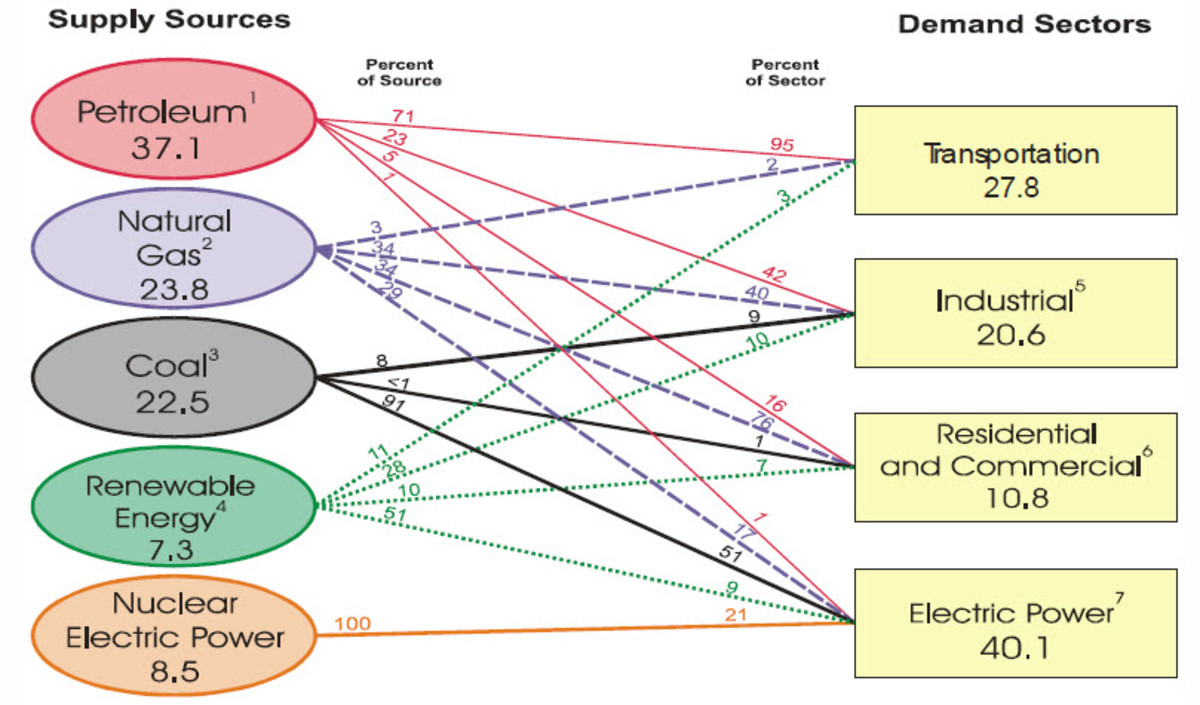How Safe is Nuclear Power?
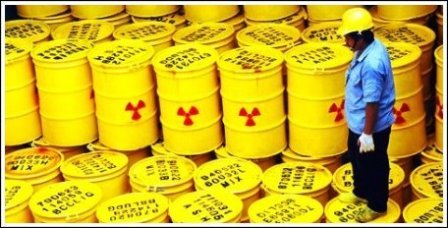

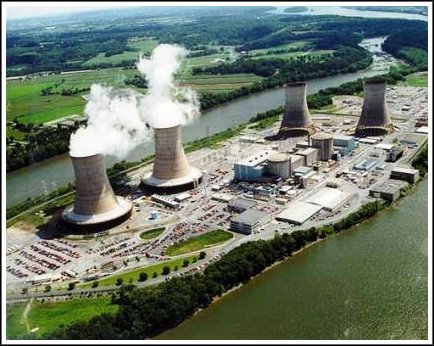
Electricity
Electricity produced by nuclear power plants is created basically the same way as in fossil fuel burning plants, except a "chain reaction" inside a nuclear reactor makes the heat instead. Nuclear power is generated using Uranium, a radio-active metal. Currently about 11% of the world's energy needs is provided by nuclear energy. The first major nuclear power station opened at Calder Hall in Cumbria, England, in 1956.
The major difference is nuclear power can generate huge amounts of electricity from very small amounts of fuel without causing all the pollution associated with fossil fuels. Uranium itself isn't particularly radioactive. It's removing "spent" fuel rods which cause the most concern. That’s when full remote control robot arms are needed.
However, uranium is not a renewable source of energy as some may think. Once we have used all of the earth’s uranium…there is no more. There are many varying opinions on the use of nuclear power as a means of providing power to an energy hungry world.
Should we fear nuclear power? Many view nuclear power plants as atomic bombs waiting to explode or meltdown. But this is not the case. There are however, issues to be concerned about. But first, let’s examine how a reactor works.


Nuclear Reactor
A nuclear reactor uses Uranium rods as fuel. Heat is generated by nuclear fission which is caused by neutrons smashing into the nucleus of the uranium atoms. This splits the atoms and energy is released in the form of heat.
Carbon dioxide gas or water is then pumped through the reactor to take the heat away, producing steam. So now, we basically have a simple steam engine. This ”steam engine” powers turbines which drives electric generators.
Concerns occur with the nuclear waste. Although there is little waste produced it is extremely dangerous. The problems encountered are what to do with it. Somehow, it must be securely sealed and stored somewhere because it takes thousands of years for the radioactive elements to disappear. This can be done safely enough, however what has to be considered are the natural disasters such as earthquakes, floods and terrorists. Containers holding nuclear waste could be ruptured accidently or on purpose, creating a major disaster.
Nuclear power is reliable and costs roughly the same as coal, but safety has to be the primary concern in its use. This has to begin with the construction of a plant. The materials used to build reactors are of utmost importance. There can be no cost cutting measures here. Materials used must be able to withstand such an extreme environment. Some metals can turn brittle and snap under reactor pressures. It has to be built properly and with the right materials from the beginning. Once built and sealed one can’t go back in to fix anything.
Should we worry? Not as long as things are being done properly. A reactor has many safeguards built into its operation. The reactor is controlled with "control rods", made of boron. Boron absorbs neutrons. When rods are lowered into the reactor, they absorb more neutrons causing the fission process to slow down. To generate more power, rods are raised, allowing more neutrons to crash into uranium atoms.
"Fast breeder" reactors can convert uranium into other nuclear fuels while still siphoning energy from it. There are two types of breeder reactors. Ones used in making weapons grade plutonium and ones for energy production.
There is a lot of U-238 slowing this process down. A much high concentration of U-235 is required to construct a bomb.
If the reactor gets too hot, the control rods are lowered and it cools down. If for some reason that fails, emergency control rods automatically drop in and shut the reactor down completely.
Natural uranium is only 0.7% "uranium-235", the type that undergoes fission. The rest of the uranium is U-238, which generally just gets in the way. Reactors use what is called "enriched" uranium fuel, which has a higher proportion of U-235. The fuel arrives encased in metal tubes. These tubes are lowered into the reactor using a special crane sealed onto the top of the reactor.
Other safeguards are built into computers. The computers will automatically shut the reactor down automatically if things get out of hand. At Chernobyl, in Ukraine, they did not have these safeguards. In that unfortunate disaster they over-rode the automatic systems they had. The reactor overheated, melted and the excessive pressure blew out the containment system before they could stop it. Then, with no way to cool the reactor there was a serious fire. Many people lost their lives.
The storage and handling of wastes by nuclear power are of great concern. There are three levels of nuclear waste. Low level, intermediate level and high level wastes.
Low level waste includes materials used in handling nuclear waste such as radiation suits and lab equipment. Low level material is usually stored up to 15 years at which time they can be carefully packaged and disposed of as normal waste.
Intermediate level waste are much bulkier materials having low heat emission. Included in this category are metal fuel cladding, chemical sludge and other radioactive wastes. This waste is encased in resin or concrete and sealed in steel drums. The drums are also sealed in concrete and buried in concrete trenches up to 18 meters deep. As additional safeguards these trenches are covered with a concrete slab, a layer of compacted layer of clay and a reinforced concrete intrusion shield…then a final layer of clay. Deep disposal of intermediate waste includes storing them in a suitable geological location of at least 100 meters deep.
High level waste is extremely radioactive and stays in this state for thousands of years. Today’s storage methods involves a more complex system of storage called “glass vitrification.” Radioactive liquid is mixed with glass to form a solid compound. This makes it much less likely to accidently leak into the ground if the container is accidently damaged.




